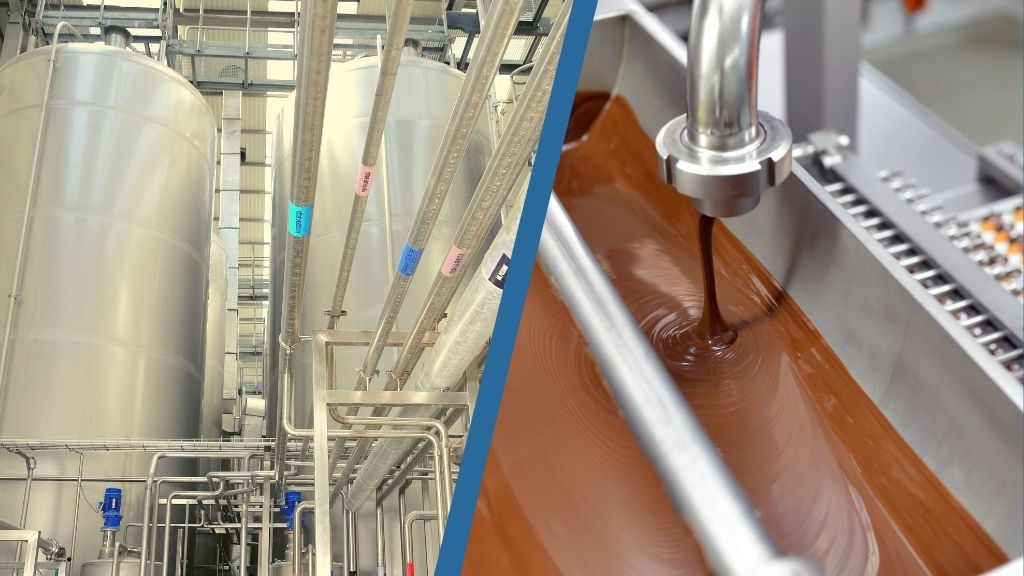How Elbows and Bends Impact Your Pneumatic Conveying System
How Elbows and Bends Impact Your Pneumatic Conveying System
Imagine your pneumatic conveying system as a bustling highway. Just as sharp turns slow down traffic and cause accidents, elbows and bends in your pipelines disrupt the smooth flow of materials. These components, while necessary for navigating facility layouts, can become hidden villains—causing wear, inefficiency, and even product damage.
Pneumatic conveying systems transport powders, granules, and other bulk materials using air pressure through pipelines. While elbows and bends are essential for directing flow, their design and placement significantly impact system performance. Ignoring their importance can lead to higher energy bills, frequent maintenance, and costly downtime. Let’s dive into why these “roadblocks” matter and how to optimize them.

What Are Elbows and Bends?
Elbows:
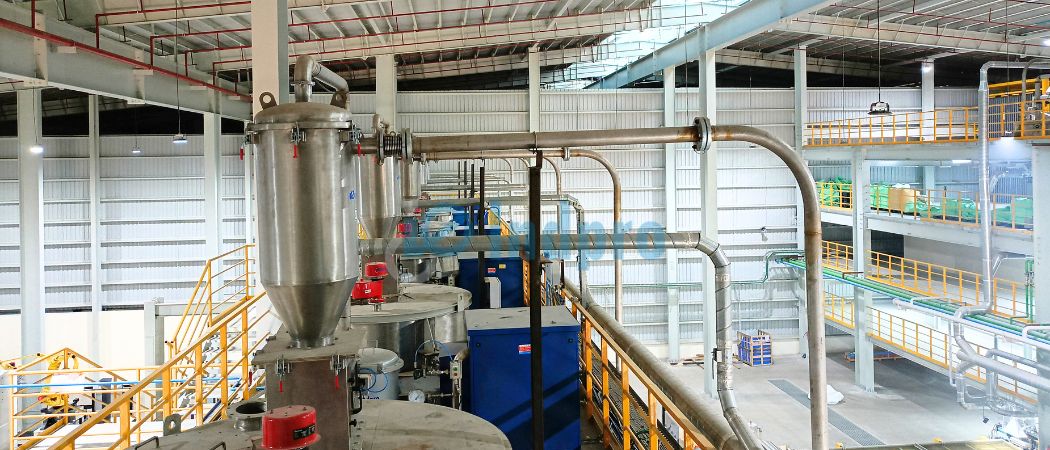
Pre-fabricated pipe fittings are used to change the direction of a pipeline at specific angles (e.g., 90°, 45°). These standardized components have defined radii. Elbows, which have sharp and fixed angles, can create turbulence and increase wear in the system. However, for certain applications, these are essential to prevent material degradation.
Bends:
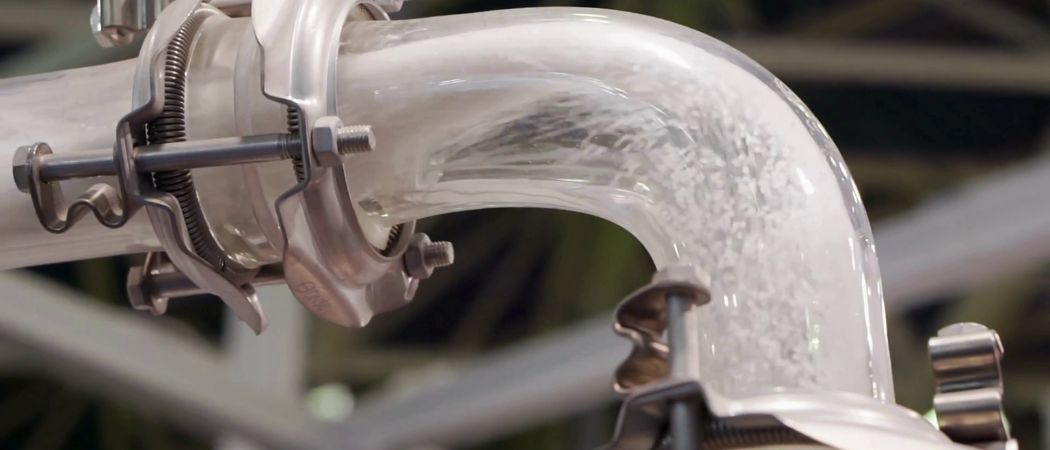
Pre-fabricated pipe fittings are used to change the direction of a pipeline at specific angles (e.g., 90°, 45°). These standardized components have defined radii. Elbows, which have sharp and fixed angles, can create turbulence and increase wear in the system. However, for certain applications, these are essential to prevent material degradation.
The Role of Elbows and Bends
Elbows and bends act like traffic directors, guiding materials around obstacles and through complex facility layouts. But their job isn’t easy. Every curve introduces challenges:
- Wear and tear: Abrasive materials erode bend walls over time.
- Pressure drop: Turbulence forces the system to work harder.
- Material degradation: Fragile particles (e.g., sugar crystals, coffee beans, resin granules) shatter on impact.
- Excess energy consumption: More bends mean higher blower & compressor power consumption.
Without careful planning, these issues snowball into operational nightmares.
Types of Elbows and Bends
Not all elbows are created equal. Choosing the right type depends on your material and system goals:
1. Short-Radius bends:
Compact but create sharp turns. Ideal for tight spaces but prone to wear. Ideal for fragile materials.
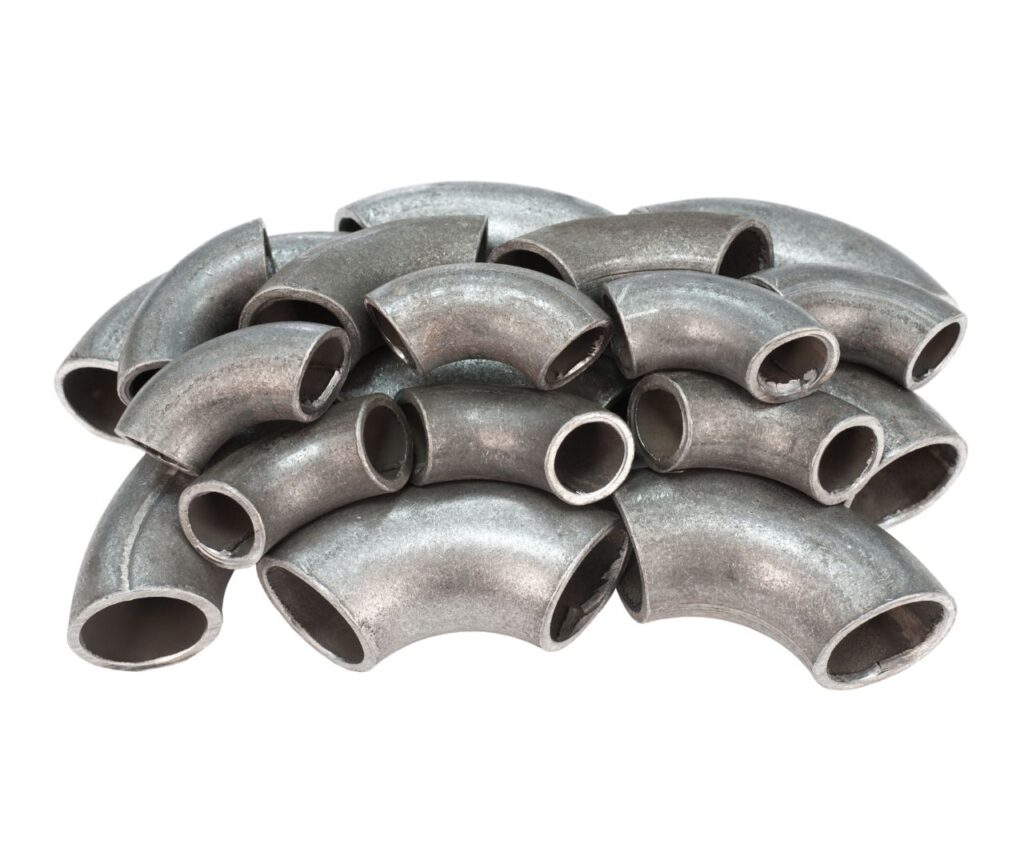
2. Long-Radius bends:
They help prevent material degradation, reduce clogging, and extend the lifespan of pipelines by minimizing impact and friction.
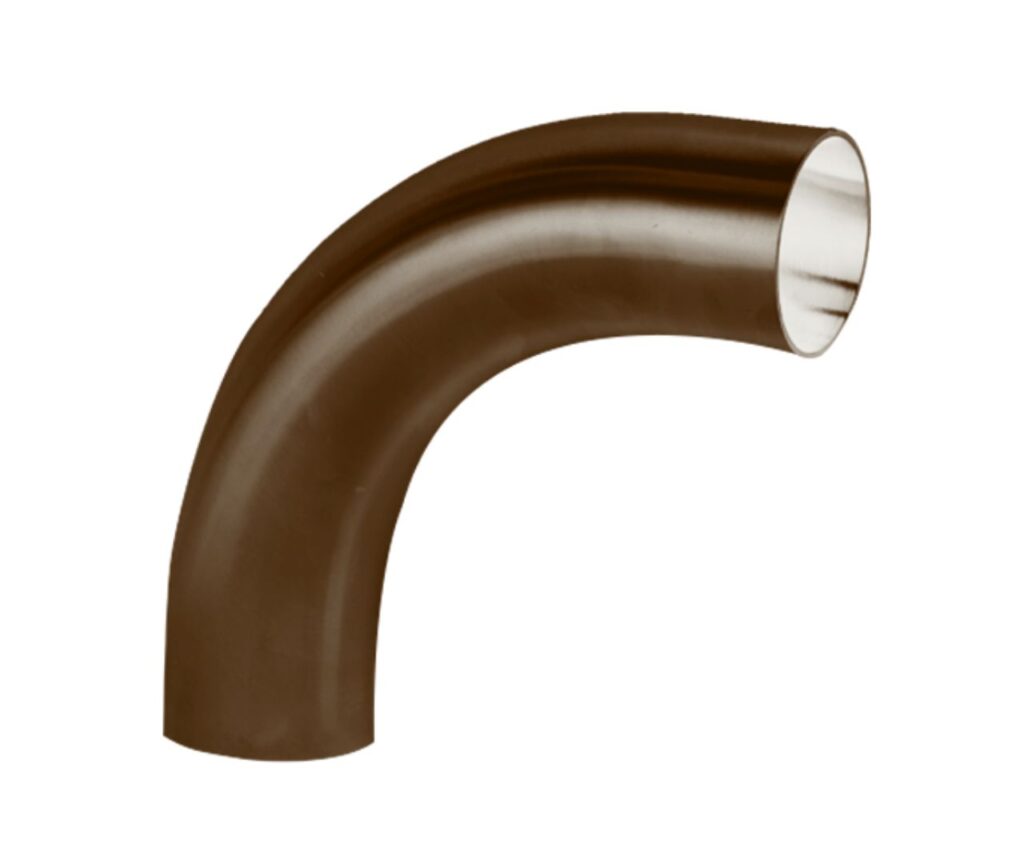
3. Elbows with wear-resistant liner
Smooth, large-radius turns minimize pressure drop while the hard impact liner ensures long life. Ideal for abrasive products.
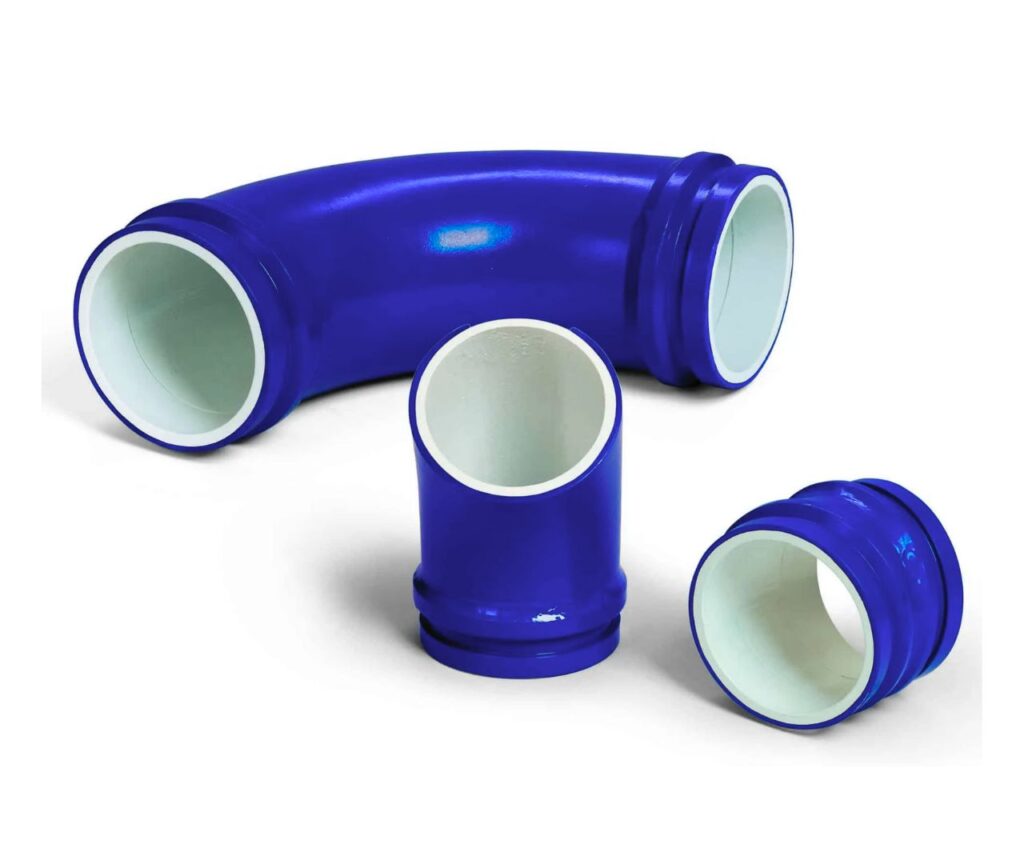
4. Mitered Elbows:
Angled segments for custom layouts but wear out quicker. Used for certain types of materials to prevent material degradation.
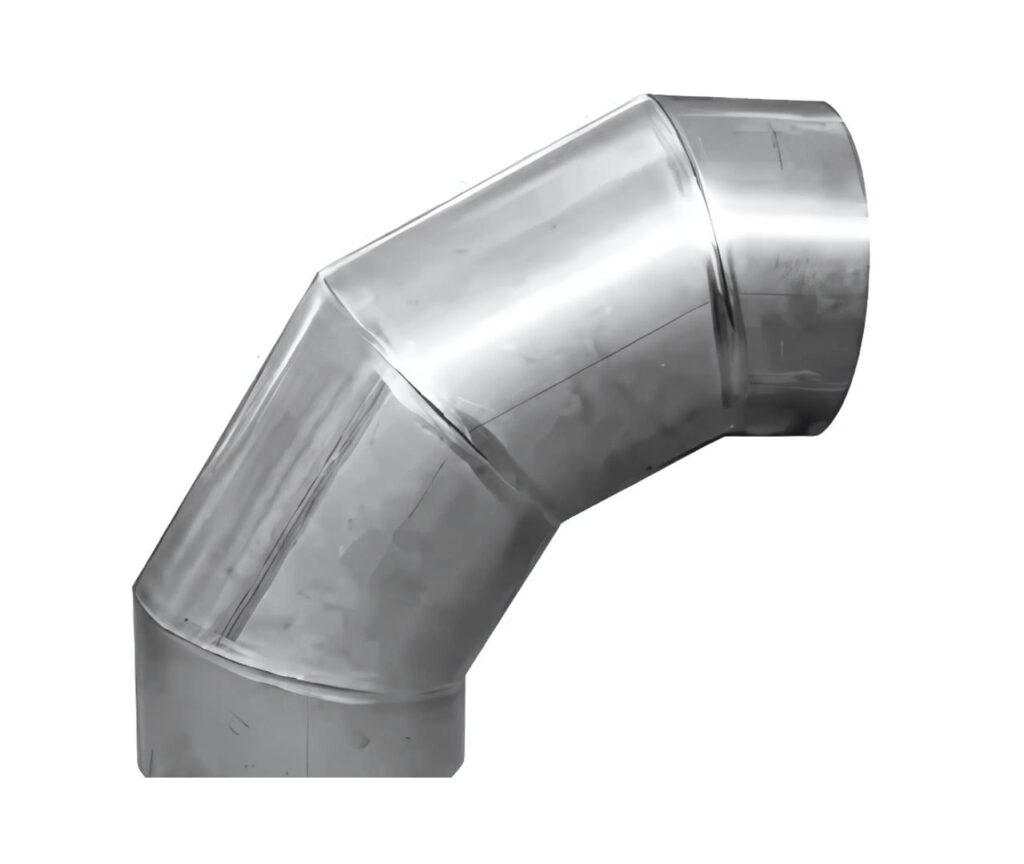
5. Expanded bend:
Compact but create sharp turns. Ideal for tight spaces but prone to wear. Ideal for fragile materials.
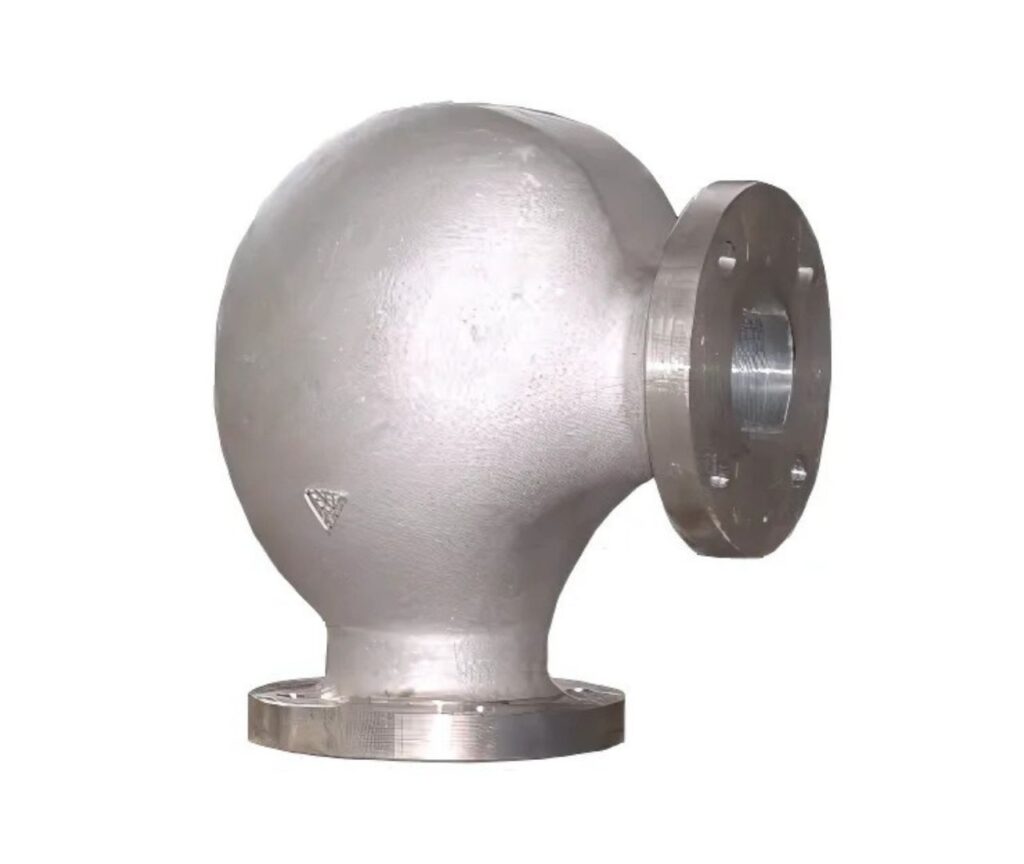
How Elbows and Bends Impact Performance
1. Pressure Drop: The Silent Energy Thief
When materials hit a bend, they collide with the pipe wall, creating friction and turbulence. This forces your air compressor to work harder, spiking energy costs. For example, a single elbow can cause the same pressure drop as high as 15 meters of straight pipe!
How to Fix: Use long-radius elbows and keep airflow velocity in the “sweet spot” (not too fast, not too slow).
2. Material Degradation: When Products Break Down
Input/Output (I/O) modules are like the “translators” in a PLC system. They connect the PLC to the outside world, allowing it to interact with sensors, switches, motors, and other devices.
How to Fix: Sweep elbows or reduce conveying speed to soften impacts.
3. Wear and Erosion: The Cost of Abrasion
Abrasive materials (e.g., silica sand, dolomite, calcined lime, ash) act like sandblasters, wearing down bend interiors. The outer wall (longer radius) of a 90° elbow is a common wear hotspot.
How to Fix: Use special elbows with hardened materials liners to maximize life.
4. Flow Dynamics: Chaos in the Pipeline
Turbulence at bends can cause material to settle, leading to blockages. It can also separate mixed materials (e.g., separating flour from additives).
How to Fix: Minimize bends near critical points like filters or separators.
5. Strategies to Minimize Negative Impacts
- Reduce bends: opt for straight routes wherever possible.
- Use long-radius elbows: to reduce pressure drop.
- Position bends wisely: Keep them away from one another to reduce pressure load.
Material Matters: lined elbows for abrasion, expanded sections for minimizing particle degradation.
Operational Tweaks:
o Adjust air-to-material ratios to balance speed and impact impulse.
o Monitor velocity—too fast causes wear; too slow risks clogs.
Maintenance Hacks: Swap elbows in the conveying line periodically to double their lifespan.
Best Practices
Do’s:
- Treat elbows as critical components, not afterthoughts.
- Maintain as critical spares.
- Use wear-resistant materials for abrasive loads.
- Audit your system periodically for wear hotspots.
Don’ts:
- Overload systems with unnecessary bends.
- Use the same elbow type for every material.
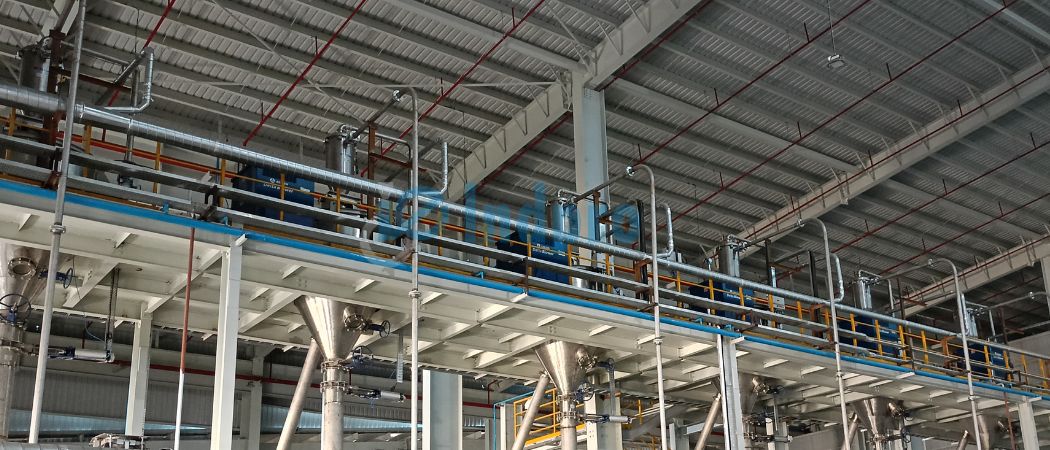
Material Choices
- Extruded steel: Moderately durable and cost effective. Ideal for most applications.
- Casted steel: Heavy duty and long lasting. Ideal for light abrasion applications.
- Mineral lined: Resistant to abrasion.
Elbows and bends might seem like small parts of your pneumatic system, but they hold immense power over efficiency, costs, and product quality. Strategic design choices, material selection, and layout optimization can convert these potential system vulnerabilities into streamlined assets. Indpro, a global leader in pneumatic conveying, combines decades of expertise with innovative engineering to deliver customized, durable solutions that tackle these challenges head-on. Avoid letting inefficient elbows and bends undermine your budget or disrupt productivity. Partner with Indpro to design systems that prioritize reliability, efficiency, and long-term performance—ensuring your operations run seamlessly and cost-effectively.



